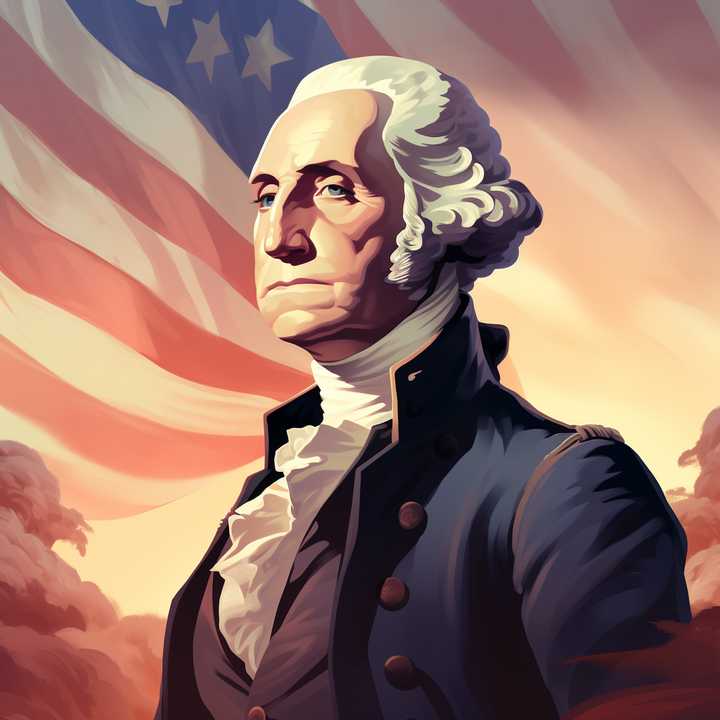George Washington's Neutrality Proclamation

George Washington's Neutrality Proclamation during the European conflicts of the late 18th century exemplified his pragmatic approach to diplomacy and foreign policy. This decision, while controversial at the time, underscored Washington's commitment to safeguarding the interests of the young United States by avoiding entanglement in external conflicts.
Factual Details of Washington's Neutrality Proclamation
Year: 1793
Location: United States
Event: Neutrality Proclamation during European Conflicts
In 1793, as Europe was engulfed in conflicts following the French Revolution, Washington declared the United States neutral in the escalating tensions between France and Great Britain. This proclamation was issued despite the U.S.'s earlier alliance with France during the American Revolution.
Washington's decision was driven by the understanding that the fledgling nation was not prepared for international conflict and that neutrality was essential for its survival and growth. This move, though met with criticism by some, was a strategic effort to prioritize American interests and stability.
Key Outcomes:
- Avoidance of potentially costly and premature military entanglements for the United States.
- Strengthening of the U.S.’s sovereignty and independent stance in global affairs.
- Establishment of a precedent for American foreign policy centered on pragmatic neutrality.
Leadership Lessons from Washington’s Neutrality Proclamation
Prioritization of National Interests:
- Washington’s decision to remain neutral highlighted the importance of prioritizing a nation's interests and long-term stability in foreign policy decisions.
Pragmatism in Diplomacy:
- His pragmatic approach in choosing neutrality over alignment with former allies underscored the value of practical and strategic decision-making in international relations.
Balancing Historical Ties and Present Realities:
- The proclamation reflected a nuanced balance between maintaining historical alliances and adapting to the present geopolitical realities.
Navigating Domestic and International Pressures:
- Washington's handling of both domestic and international pressures during this period illustrates the complexities of leadership in a global context.
Setting Foreign Policy Precedents:
- His stance laid foundational principles for the U.S.’s future foreign policy, emphasizing independent and neutral engagement in global affairs.
How Today's Leaders Can Use This Lesson
- Embrace a pragmatic approach in foreign policy or organizational decisions, especially when balancing complex historical relationships and current realities.
- Prioritize the broader interests and long-term goals of your organization or nation, especially when facing pressure to engage in external conflicts or alliances.
- Recognize the importance of adaptability in international relations and the value of an independent stance in a rapidly changing global landscape.
- Navigate domestic and international pressures with a strategic and balanced approach, considering both internal stability and external relations.
- Consider the long-term implications of your decisions, understanding that they may set precedents for future policies and actions.
Concluding Thoughts
George Washington's Neutrality Proclamation during the European conflicts of the 1790s serves as a significant example of pragmatic and neutral diplomacy. It highlights the importance of carefully considering both national interests and international dynamics in decision-making, a principle that remains relevant for contemporary leaders.
Your Reflection
- Reflect on how you can apply Washington’s pragmatic and neutral approach in your current leadership context, especially when facing external pressures or conflicts.
- Think about the ways in which your decisions can balance historical relationships with the needs and realities of the present.
- Consider how the principles of neutrality and pragmatism can guide your strategic decisions, both domestically and internationally.



